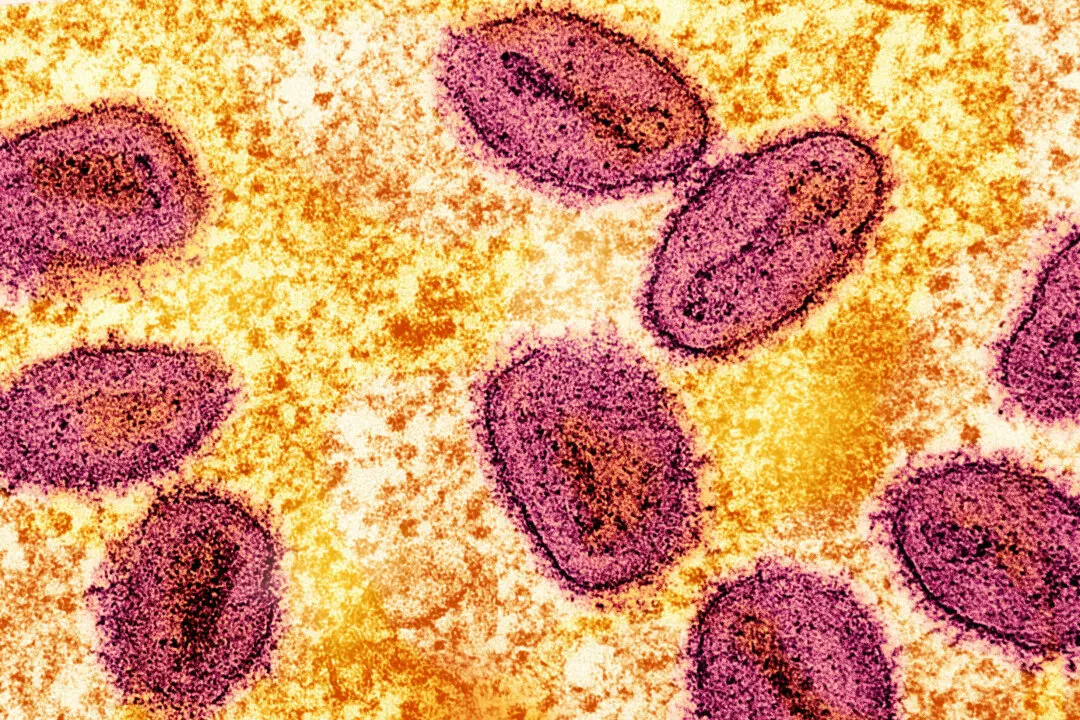Progress involves improving on the past. Once, we used leeches to suck out an excess of cancer-causing humors, or just blamed them on the wrath of the gods. In modern hospitals, we now image such tumors deep within the body, target them with synthetic chemicals or narrow beams of radiation, or excise them with clinical precision.
As if the mass was its own entity, we can ignore the rest of the body and concentrate precisely on the problem at hand. If all this fails, we have teams to ensure that dying is convenient and minimally disturbing to the routines of others.
Problem-Based Medicine
Matt’s cancer was treated in the modern way. A team specialized in scanning people scanned him as schedules allowed over a period of weeks, establishing the extent of the spread. A team specialized in irradiating cancers irradiated a large part of his body to shrink the cancer (which helped). Another group specialized in poisoning cancerous cells assessed whether such poisons would be of benefit, and decided they would not. Another arranged devices to help him walk, as the cancer had stopped him from doing so. Someone somewhere may have been tasked with dietary advice, but that did not seem to happen.Cancer is a complex disease, influenced by metabolism, genetics, immune status, and general well-being. These are also interconnected. The most financially profitable approaches involve killing cancer cells with chemicals or radiation and, more recently, harnessing the immune potential of the body’s T-cells (“cellular immunity”), those that kill cells and pathogens that they identify as abnormal. The body’s own T-cell response needs certain micronutrients, such as vitamins and trace metals, that modern lifestyles and diets often cause to be insufficient. They are cheap (poorly profitable) and so the science around them attracts less sponsorship.
When the Problem Becomes Insoluble
Matt was particularly fortunate in having neighbors, and nearby friends, who treated him as he would them. Being human, those who cleaned his house got to know him well, recognizing his qualities. One night, he had a fall and was transferred to the hospital where most of his previous management had taken place. As he was designated not-for-resuscitation, he was placed under the palliative care team, deemed best for his insoluble condition.To understand modern institutional palliative care, it is best to explain what happened next. Matt was placed in a room on the main corridor near the nurses’ desk. The door was left ajar so he could be observed. This room was painted gray and had no windows and no pictures on the wall. It contained a couple of chairs, some fixtures for oxygen, a basin and antiseptic dispenser, and a cupboard. Day and night became irrelevant, as in any windowless cell.
After some days, Matt was said to be nonresponsive and “may not have long,” which surprised us as he had been quite stable and well-oriented shortly before. When friends visited, he could talk and interact and appreciated visitors, thanking them for coming. But later, he would be reported to have lapsed into unresponsiveness again. This seemed confusing to those who knew him.
When I visited the first time, he was lying naked on the bed (the blanket was too small to cover him fully anyway) and wet, with an oxygen cannula dispensing oxygen into the air rather than his nose. He woke up when this was placed to serve its function, and could respond. Over multiple visits, a nurse came in only with a syringe to inject what turned out to be his palliative care; ampoules of morphine and midazolam. Morphine dulls pain and mind and suppresses breathing, and midazolam reduces the ability to respond, so that the recipient stops crying out for help when he wets himself, is embarrassed about being naked, or is thirsty.
When staff were requested to withhold the midazolam, Matt was able to converse with others, express his needs, and answer questions. He was very clear, not unexpectedly, that he would prefer to be home. Each time I returned, he was lying as I first found him, naked, wet, and calling for help, or dosed out with chemicals. Then the midazolam would be injected again after visitors left. Food was limited as that required someone to sit with a spoon and friends could not always be there. The hospital was not staffed for this—or protocols did not allow it.
Similar treatment is used by inhumane jailors to humiliate prisoners if they want to break them down psychologically. Being busy ensuring that the digital documentation was up to date, the nurses did not have time to do much more. The institution is designed this way. This is not about how certain individuals treated another, it is about how all of us can when our institution organizes and encourages us to do so.
A Human Leaving
Thanks to neighbors and friends who cared, Matt was returned home on a stretcher, with visits by a good community health team and support from friends. He needed no medication, as he was not in much pain, just sometimes distressed as a man would be when unable to go to the toilet himself. He enjoyed music, remembered and chatted about old times and mutual friends, and enjoyed his favorite foods, though in small quantities before tiredness set in. Having not eaten much during two weeks in hospital, his body’s reserves were exhausted.The midazolam and morphine, it turned out, had mainly served to help the institution function, preventing Matt from interrupting routine or requiring human contact. At home, human contact, music, sunlight through a window, and conversation were natural rather than an imposition. This might be a revelation to some; especially in this age when we shut the elderly or dying away from their families for months at a time to “protect” them from some virus or other. It suggests that a person with a foreseeable death may still be human, and that “DNR” (do not resuscitate) printed on the clinical notes does not really change that status. The institution may dehumanize the people paid to care, but not the intended subjects of that care. They retain their intrinsic value.
Matt died after a few days at home, not naked to passersby in a gray windowless room on urine-soaked plasticized sheets, but at home surrounded by friends. He was still a person, a wonderful one, despite all that progress could achieve.







